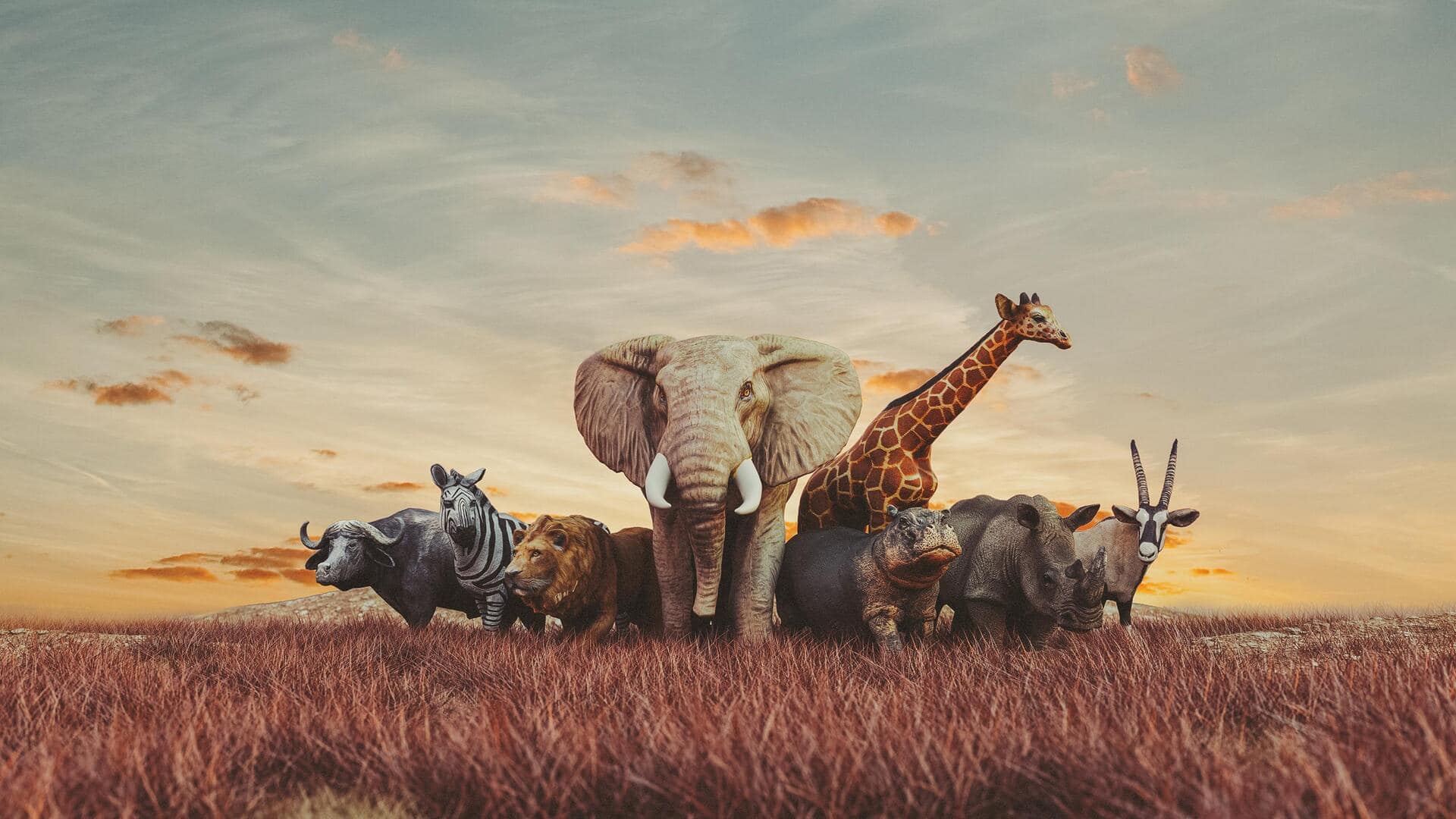
5 unique, interesting facts to know about animals
What's the story
Our vast and mysterious world features a diverse array of creatures that come in all shapes and sizes with distinctive features and unique behavior characteristics. Some of the animals are well known to us, but there are many others whose qualities and traits are not that familiar to humans. In this article, let's learn some interesting and lesser-known facts about such amazing animals.
#1
Shrimp's heart is in its head
Shrimps are aquatic creatures with long, narrow muscular abdomens and long antennae. But do you know that their heart is placed in their head? In fact, all its main internal organs (including the brain and the stomach) are located in the head. This is relatively safer and advantageous for shrimps as their head region is covered with thick and protective substances.
#2
Parrots can eat with their feet
Parrots are the only birds out there who can eat with their feet. This is because parrots have zygodactyl feet, meaning that they have four toes on each foot, two facing forward and two facing backward. This makes it easier for them to pick up objects such as food and bring them to their mouth, quite as we humans do with our hands.
#3
Sloths can take up to 1 month to digest food
Sure, sloths aren't known for their speed. These sluggish mammals are omnivores, meaning that they eat both plants and meat. But like many other things they do, sloths eat and digest slowly. In fact, a sloth can take up to one month to digest a single meal. Further, their leafy diet is low on nutrition, which could be a reason for their lazy lifestyle.
#4
Elephants cannot jump
Yes, those TV cartoons are deceptive. But in reality, elephants cannot jump. This is so because elephants are (very) heavy. The bones in their legs are pointed downward, which further reduces their ability to lift off the ground all at once. Anyway, they don't have to jump, as they have other ways of protecting themselves from predators, like going around in groups, etc.
#5
Penguin's body can filter saltwater
Since they eat so much seafood, penguins also take in high amounts of saltwater. So, how exactly do they deal with it? Interestingly, they have a gland located just above their eye called the supraorbital gland, which filters the salt from their bloodstream. The same is then excreted from their body through their bill or by way of sneezing.